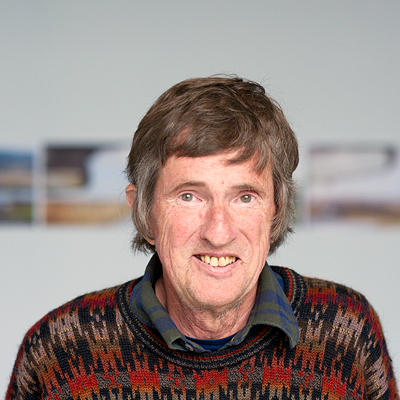David Pettifor played a key role in the dialogue between physicists and metallurgists. His research linked first-principles quantum mechanical calculations to physical and chemical intuition, thus demonstrating that the concept of electronegativity needed dramatic revision in the context of alloy formation. His pioneering ideas on the cohesion and structure of metals and alloys are found in standard textbooks.
David’s ordering of the structural database of binary compounds within isostoicheiometric structure maps proved invaluable in the search for new alloys. His work with Hideo Hasegawa accounting for the phase diagram of iron under pressure and temperature was a major theoretical advance in the understanding of metallic magnetism.
Whereas most ‘classical’ interatomic potentials are empirical, David derived analytic bond-order potentials (BOPs) by coarse graining the ‘quantum mechanical’ electronic structure in a systematic way. This allowed the accurate molecular dynamics simulation of the bond breaking and remaking that takes place during the growth of semiconductor films, for example. BOPs have also been successfully applied to modelling dislocation behaviour in metals and intermetallics of technological importance.
Professor David Pettifor CBE FRS died on 16 October 2017.
Biographical Memoir
Subject groups
-
Engineering and Materials Science
Materials science (incl materials engineering)
Awards
-
Royal Society Armourers & Brasiers' Company Prize
In recognition of his outstanding work in the development of phenomenological structure maps for binary and pseudo-binary alloys known as the 'Pettifor Maps', and his vision and leadership in establishing the Materials Modelling Laboratory at Oxford with its strong links to industry and recognised as an international flagship laboratory for modelling.

